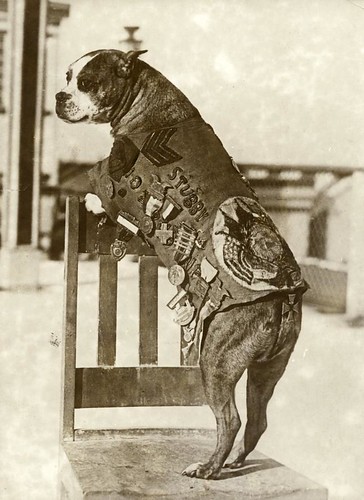Creative Commons At a Glance
By Judy Salpeter
Creative Commons licensing allows students and educators to determine what rights they are willing to share when they post original images, graphics, audio, text or multimedia works online. It also makes it easier to locate work by others that can legally be incorporated into remixes or other derivative products. Here are some basics for schools that are just getting going with Creative Commons.
Choosing a License
The first step in applying CC licensing to your work is to select the license that suits your preferences. The choices, described in more detail at http://creativecommons.org/, include:
- Attribution [abbreviation: by] You let others copy, distribute, display, and perform your copyrighted work—and derivative works based upon it—but only if they give credit the way you request.
- Noncommercial [abbreviation: nc] You let others copy, distribute, display, and perform your work—and derivative works based upon it—but for noncommercial purposes only.
- No Derivative Works [abbreviation: nd] You let others copy, distribute, display, and perform only verbatim copies of your work, not derivative works based upon it.
- Share Alike. [abbreviation: sa] You allow others to distribute derivative works only under a license identical to the license that governs your work.
These licenses can be combined in various ways. For example, an Attribution Non-Commercial license lets others remix, tweak, and build upon your work non-commercially but the works they create must acknowledge you and be non-commercial.
In addition, there is a Public Domain Dedication that lets you free works from copyright completely, offering them to the public domain.
Applying the License
Once you have selected your license, the Creative Commons web site shows you how to include the html code with your work. This code will automatically generate the “Some Rights Reserved†button and a statement that your work is licensed under a Creative Commons license, or a “No Rights Reserved†button if you choose to dedicate your work to the public domain. The button will link back to the Commons Deed where the license terms are explained. Your license choice is expressed in three ways:
Commons Deed: A plain-language summary of the license for users of your work, complete with the relevant icons.
Legal Code: The fine print that you need to be sure the license will stand up in court.
Digital Code: A machine-readable translation of the license that helps search engines and other applications identify your work by its terms of use.
Finding CC-Licensed Materials
An increasing number of Web 2.0 tools and search engines (including Google, Yahoo! and Flickr) are making it possible to locate materials online that have Creative Commons licenses. A good jumping-off point for locating such materials is CCSearch.
Where to Learn More About Creative Commons
Compiled and edited by Judy Salpeter with excerpts from the Creative Commons web site, licensed under a Creative Commons Attribution license.
 A session and Library How-To Research Guide about interdisciplinary resources available to support the creation of scholarly digital projects and presentations.
A session and Library How-To Research Guide about interdisciplinary resources available to support the creation of scholarly digital projects and presentations.

